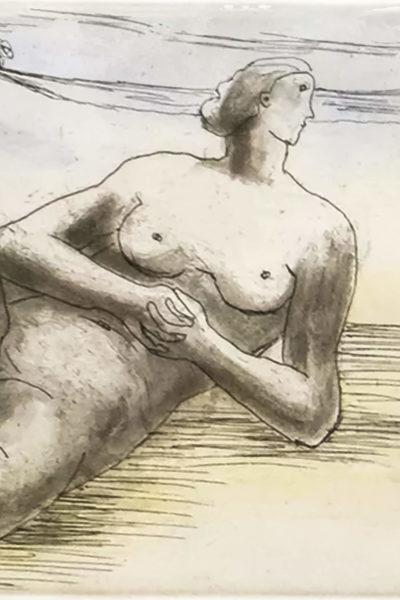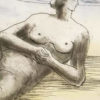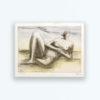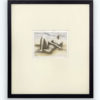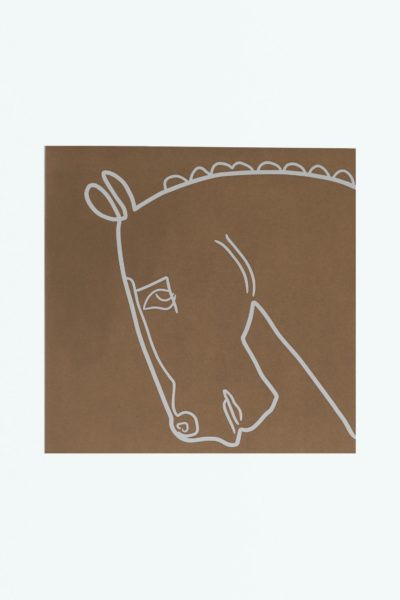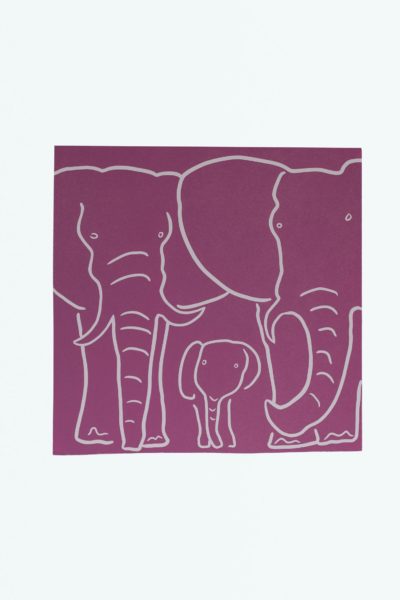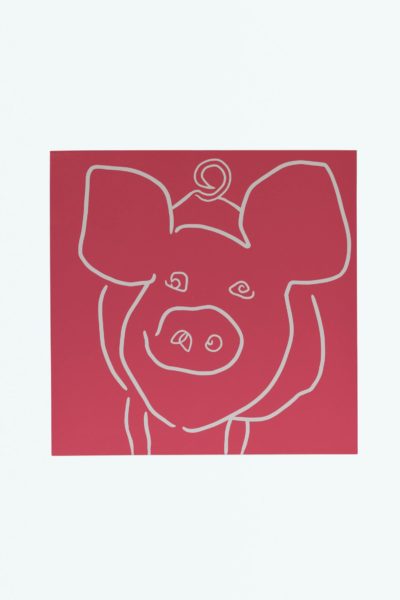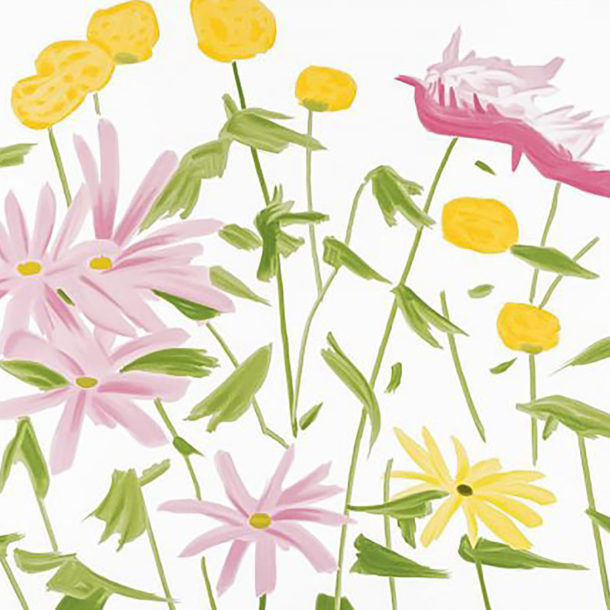Henry Moore | Reclining Figure
DETAILS
Reclining Figure, 1977
Etching
22 3/5 × 19 1/10 in
57.5 × 48.5 cm
Signed and numbered
Edition of 25
Henry Moore | Reclining Figure. Henri Moore (1898–1995) was born in Castleford, in the West Riding of Yorkshire. He began modelling with clay and carving wood from an early age, and decided to become a sculptor at the age of eleven after hearing about the work of Michelangelo at a Sunday School reading. At eighteen, after a brief career as a student teacher, Moore enlisted for army service in the First World War, and was injured in a gas attack at the Battle of Cambrai in 1917 and following his recovery, spent the rest of the war as a physical training instructor.
In 1919 Moore continued his artistic education using an ex-serviceman’s grant at the Leeds School of Art. Subsequently, in 1921, he won a scholarship to study at the Royal College of Art in London, where he extended his knowledge of primitive art and sculpture through the ethnographic collections of the British Museum. At this point, Moore’s sculptures began to diverge from the traditional romantic Victorian style, which were based upon classically derived ideals. Moore instead chose a method of direct carving, where material imperfections and the evidence of tool-work were part of the finished sculpture.
In 1928 Moore held his first solo exhibition, at the Warren Gallery in London, where his forms were abstractions of the human figure, often reclining and suggestive of the female body. After moving to Hampstead in North West London, Moore became involved with a small cadre of avant-garde artists, which came to be known as the Seven and Five Society, through which he steadily developed more abstract work. The group conducted frequent trips to Paris, establishing contact with artists such as Pablo Picasso and Georges Braque. In the early 1930s, Moore flirted with the Surrealism movement, gradually transitioning from direct carving to casting in bronze. In 1938, Moore also met Kenneth Clark, the British art historian, museum director and broadcaster who used his position as a member of the Arts Council of Great Britain to champion Moore and secure exhibitions and commissions for the artist.
Through the course of the Second World War, during which time his Hampstead residence was hit by shrapnel, Moore produced powerful and evocative drawings of Londoners sheltering in the Underground – works which had a significant effect in bolstering his international reputation.
The post-war period saw an increase in key public commissions. As Moore’s fame grew, the last three decades of his life witnessed several major retrospectives and he featured in a number of televised documentaries. Whereas Moore’s earlier figures were concerned principally with mass, his later work (in light of a post-war, post-Holocaust, nuclear-age desire for pre-cultural and pre-rational art) contrasted solid sculptural elements with empty space, in an increasingly abstract fashion which experimented with the relationship between concave and convex shapes.
Henry Moore died on 31 August 1986, at his home in Perry Green.
FREE QUOTE
International rates can vary depending on destination and other factors. Some items may require special handling and packaging. Ask for a shipping quote to see the options are available.
ALL HENRY MOORE ARTWORKS
MEASUREMENTS
| Dimensions | Hemry Moore Reclining Figure, 1977 22 3/5 × 19 1/10 in 57.5 × 48.5 cm |
|---|---|
| Materials | Reclining Figure, 1977 Etching Edition of 25 Signed and numbered |
DELIVERY & SHIPPING
All pieces are entirely handcrafted and unique. Please allow around 5-10 working days from placing the order for delivery.
For more information on our delivery, click here.
Read more about our exchange and returns policy here.
If you have any further questions, or if you need a delivery more urgently, please contact us.

